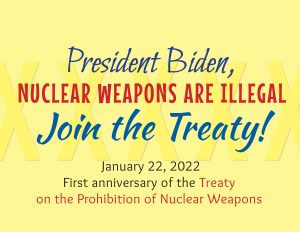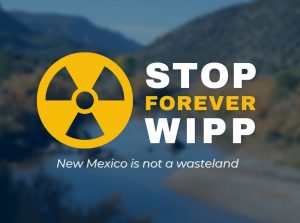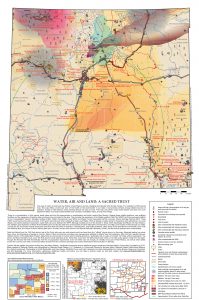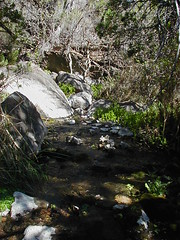Radioactivity from Fukushima Detected off West Coast of North America
CCNS NEWS UPDATE
Runs 11/28/14 through 12/5/14
(THEME UP AND UNDER) This is the CCNS News Update, an overview of the latest nuclear safety issues, brought to you every week by Concerned Citizens for Nuclear Safety. Here is this week’s top headline:
- Radioactivity from Fukushima Detected off West Coast of North America
Low-levels of radioactive cesium-134, a pollutant from the ongoing releases at the Fukushima Dai-ichi nuclear reactors, were detected in samples collected in August, 100 miles due west of Eureka, California. Since the March 2011 tsunami, earthquake and reactor meltdowns, the radioactive plume has traveled 6,000 miles east on ocean currents across the Pacific. The private and independent Woods Hole Oceanographic Institution collects samples to monitor the natural and manmade sources of radioactivity in the Pacific Ocean. http://www.whoi.edu/news-release/Fukushima-detection
Cesium-134 is a short-lived radionuclide, with a half-life of two years, and was found at levels less than 2 Becquerels per cubic meter of water. A cubic meter of water holds 260 gallons. The levels are 1000 times lower than the U.S. Environmental Protection Agency drinking water standards.
Computer modeling shows that detectable levels will move south along the North American coast and eventually back towards Hawai’i. It is expected that the concentrations will increase over the next two to three years.
Woods Hole, based in Cape Cod, Massachusetts, is coordinating the effort to monitor along the Pacific Coast of Canada and the U.S. This effort is led by Ken Buesseler, a senior scientist who specializes in the study of natural and man-made radionuclides in the ocean. He works with the Point Sur, a research vessel that sailed between Dutch Harbor, Alaska, and Eureka, California last summer and collected samples. These results confirmed the findings of John Smith, a scientist at Fisheries and Oceans Canada in Dartmouth, Nova Scotia, who found similar levels during research off Canada’s west coast. http://www.dfo-mpo.gc.ca/science/publications/article/2014/11-05-14-eng.html
Because no federal agency is currently funding the monitoring effort, Buesseler launched a crowd-funded, citizen-science program that engages the public to collect samples, which are then analyzed at Woods Hole. The scientific results and analysis are posted to OurRadioactiveOcean.org.
Buesseler said, “”Crowd-sourced funding continues to be an important way to engage the public and reveal what is going on near the coast. But ocean scientists need to do more work offshore to understand how ocean currents will be transporting cesium on shore. The models predict cesium levels to increase over the next two to three years, but do a poor job describing how much more dilution will take place and where those waters will reach the shore line first.” He continued, “So we need both citizen scientists to keep up the coastal monitoring network, but also research vessels and comprehensive studies offshore like this one, that are too expensive for the average citizen to support.”
The citizen monitoring effort is support by nearly 400 individuals and sponsoring organizations, including International Medcom, a manufacturer of radiation detectors, https://medcom.com/ along with the Scripps Institution of Oceanography. https://scripps.ucsd.edu/
This has been the CCNS News Update. To learn more, please visit our website at nuclearactive.org.
Tags: cesium-134, citizen monitoring, crowdfunding, Eureka CA, Fisheries and Oceans Canada, Fukushima, International Medcom, John Smith, Ken Buesseler, Point Sur, Scripps Institution of Oceanography, U.S. EPA, Woods Hole Oceanographic Institution















Comments
No comments so far.